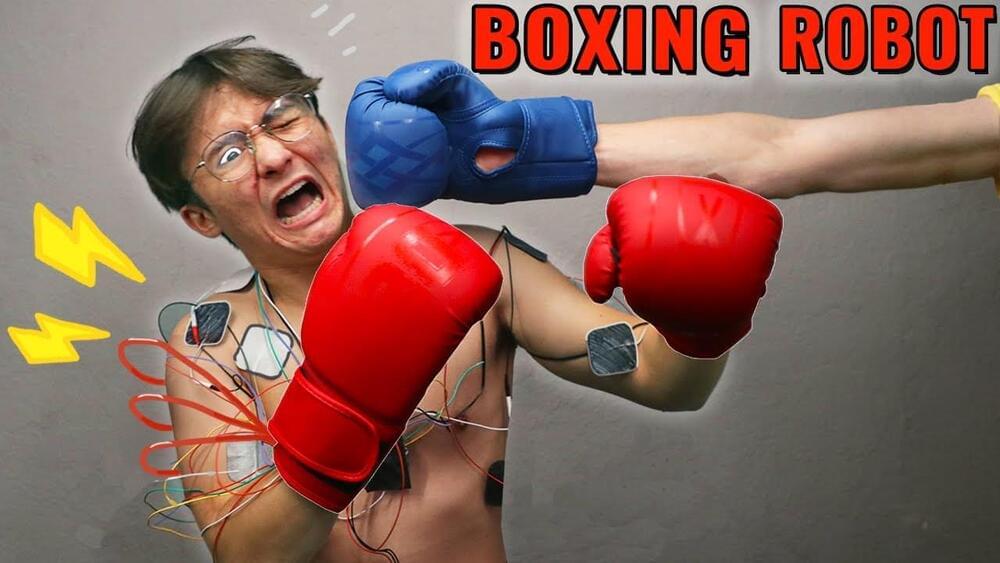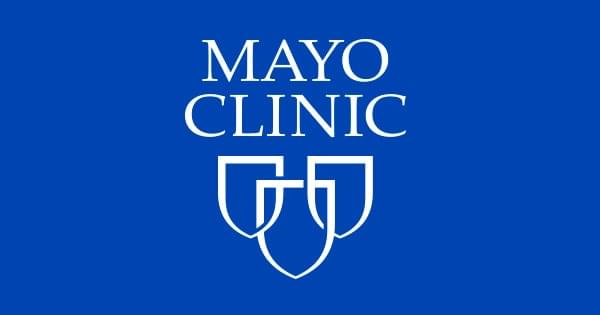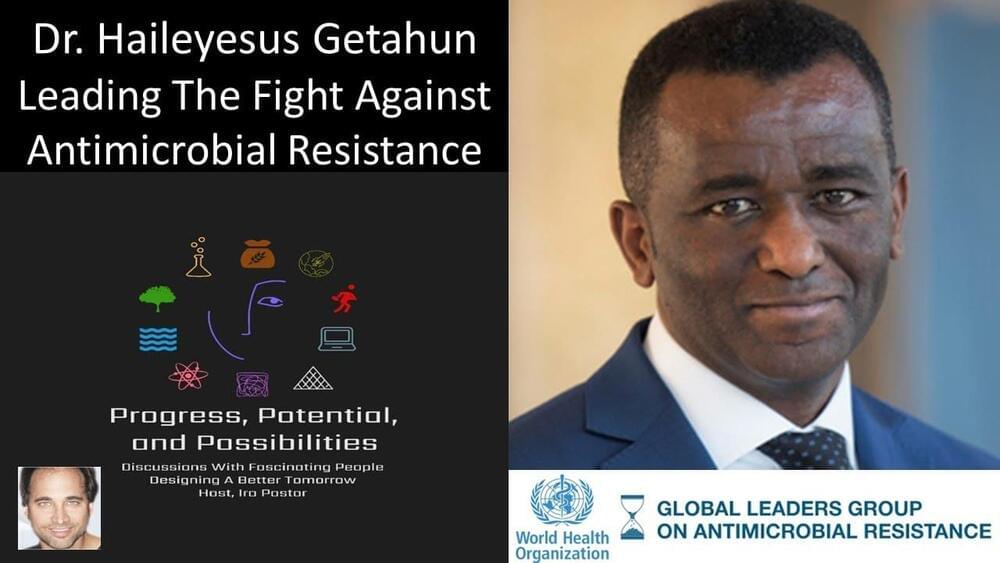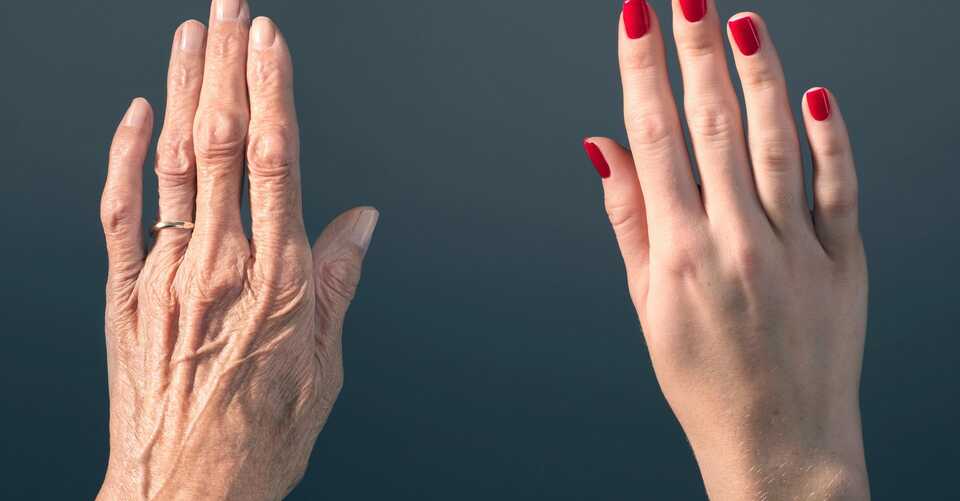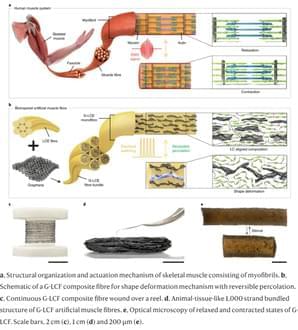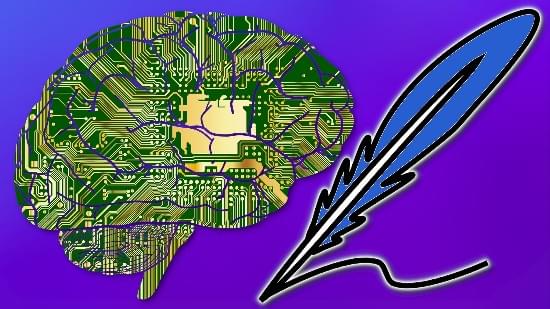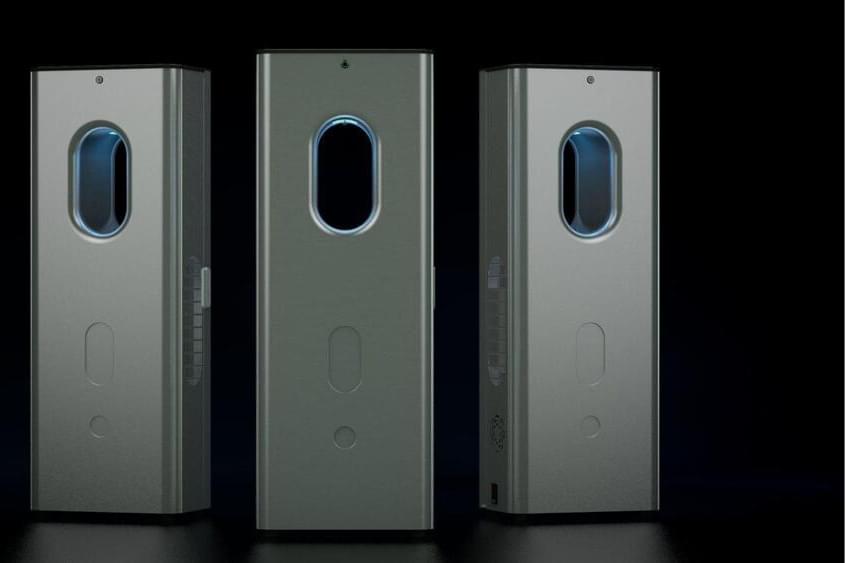Technology and medicine are becoming more wondrous, and now a new drug will be developed that will prevent people from freezing.
The Butterfly Nebula is really “a tempestuous fire-sneezing dragon, with eyes that project ultraviolet light,” according to astronomer Bruce Balick.
A Robot Teaches Me Boxing
Posted in robotics/AI
Go to https://ExpressVPN.com/REEVES to get an extra 3 months free on a one-year package! Brought to you by ExpressVPN
Boxing also did you guys see they have Mr. Beast in fortnite now other places:
https://twitter.com/michaelreeves.
https://www.instagram.com/michaelreeves808/
Music:
computer talk — austenyo.
Chronic cough
Posted in biotech/medical
A chronic cough is a cough that lasts eight weeks or longer in adults, or four weeks in children.
A chronic cough is more than just an annoyance. A chronic cough can interrupt your sleep and leave you feeling exhausted. Severe cases of chronic cough can cause vomiting, lightheadedness and even rib fractures.
While it can sometimes be difficult to pinpoint the problem that’s triggering a chronic cough, the most common causes are tobacco use, postnasal drip, asthma and acid reflux. Fortunately, chronic cough typically disappears once the underlying problem is treated.
We use logic to build facts into systems of thought, but paradoxes force us to question what we think we know. And it could be worse, because logic may not be sufficient to comprehend reality.
Leading The Global Fight Against Antimicrobial Resistance (AMR) — Dr. Haileyesus Getahun, MD, MPH, Ph.D., Director of AMR Global Coordination, World Health Organization (WHO)
Dr. Haileyesus Getahun, MD, MPH, Ph.D. is Director of AMR (Antimicrobial Resistance) Global Coordination at the World Health Organization (WHO) and the Quadripartite (FAO/UNEP/WHO/WOAH) Joint Secretariat on Antimicrobial Resistance. (https://www.who.int/about/people/biography/dr-haileyesus-getahun)
Antimicrobial resistance (AMR) threatens the effective prevention and treatment of an ever-increasing range of infections caused by bacteria, parasites, viruses and fungi. AMR occurs when bacteria, viruses, fungi and parasites change over time and no longer respond to medicines making infections harder to treat and increasing the risk of disease spread, severe illness and death. As a result, the medicines become ineffective and infections persist in the body, increasing the risk of spread to others. Over 1.27 million deaths worldwide were attributed to AMR infections in 2019. Antimicrobials — including antibiotics, antivirals, antifungals and antiparasitics — are medicines used to prevent and treat infections in humans, animals and plants. Microorganisms that develop antimicrobial resistance are sometimes referred to as “superbugs”.
The rebooting came in the form of a gene therapy involving three genes that instruct cells to reprogram themselves—in the case of the mice, the instructions guided the cells to restart the epigenetic changes that defined their identity as, for example, kidney and skin cells, two cell types that are prone to the effects of aging. These genes came from the suite of so-called Yamanaka stem cells factors—a set of four genes that Nobel scientist Shinya Yamanaka in 2006 discovered can turn back the clock on adult cells to their embryonic, stem cell state so they can start their development, or differentiation process, all over again. Sinclair didn’t want to completely erase the cells’ epigenetic history, just reboot it enough to reset the epigenetic instructions. Using three of the four factors turned back the clock about 57%, enough to make the mice youthful again.
“We’re not making stem cells, but turning back the clock so they can regain their identity,” says Sinclair. “I’ve been really surprised by how universally it works. We haven’t found a cell type yet that we can’t age forward and backward.”
Rejuvenating cells in mice is one thing, but will the process work in humans? That’s Sinclair’s next step, and his team is already testing the system in non-human primates. The researchers are attaching a biological switch that would allow them to turn the clock on and off by tying the activation of the reprogramming genes to an antibiotic, doxycycline. Giving the animals doxycycline would start reversing the clock, and stopping the drug would halt the process. Sinclair is currently lab-testing the system with human neurons, skin, and fibroblast cells, which contribute to connective tissue.
A team of researchers at the Korean Advanced Institute of Science (KAIST) has succeeded in developing a new artificial muscle using graphene-liquid crystal composite fibers.
The team, led by Professor Kim Sang-ouk of the Department of Materials Science and Engineering, stressed that the artificial muscle was found to be the most similar to human muscle among those reported to the scientific community so far.
Also, the artificial muscle showed up to 17 times stronger strength when compared to human muscles.
OpenAI is the developer of a new AI program called ChatGPT, capable of writing and conversing very much like a human.
On the first task, the general impression from teachers was that at best it provided a framework but not the details for lesson planning. The same was said about the letter-writing capabilities of the tool, and the composing of a rubric. On providing feedback on student work, the response was less than impressed with the comments and grading. And on writing a letter of recommendation, the comments stated that what ChatGPT came up with was “far too generic.” So all in all, the current version of ChatGPT as a teaching aid seems underwhelming.
On the student work side, ChatGPT is far more problematic. Because ChatGPT can compose the kind of content it produced for me in the above example, teachers have expressed concern that the tool makes it easy for students to submit work they didn’t write.
Kara Pure.
The winner of Consumer’s Electronic Show (CES) 2023 honoree, Kara Pure is more than just a water dispenser; it combines the air purifier, dehumidifier, water filter, and dispenser into a single sleek stainless-steel tower that is a constant source of pure drinking water.


